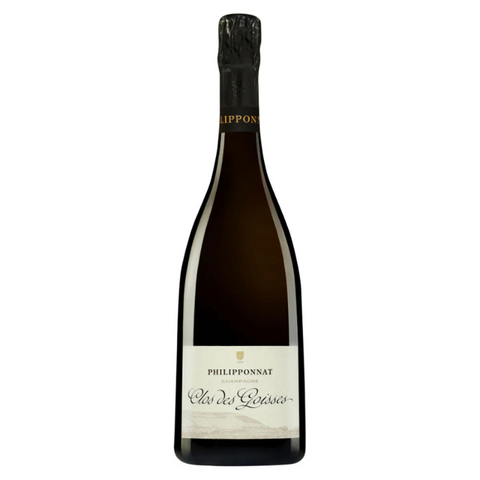Tasting Notes & Ratings
Grape
61% Pinot Noir and 39% Chardonnay
Tasting notes
The wine presents a bright gold hue, with fine effervescence forming a persistent bead. On the nose, it is elegant and fruity, revealing notes of raspberry and raspberry eau-de-vie, followed by a delicious finish of praline, frangipane, sponge cake, and pastry cream. On the palate, the attack is fresh and pure, leading into a refined, elegant mouthfeel with subtle mentholated nuances. The finish is long and mineral. This is an excellent vintage—more intense and aromatic than 2008, with slightly less acidity but arguably greater overall balance.

